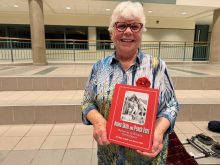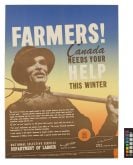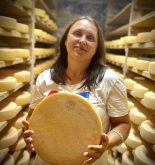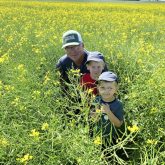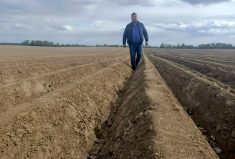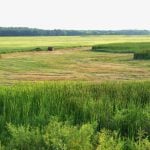Russia’s invasion of Ukraine will have “very long-term impacts on global supplies” of some agricultural commodities, says the CEO of an Ontario company active in the agricultural seed sector in the eastern European nation.
“Right now, (agricultural exporters) don’t have access to their ports,” explained Claire Cowan of North American Plant Genetics (NAPG). “And I don’t know what’s going to happen at planting time. Will (farmers) have enough fuel? Will they have access to crop inputs?”
Why it matters: Ukraine is the world’s top supplier of sunflowers (largely for sunflower oil) and is also a major player in wheat, corn, barley and other commodities.
Read Also
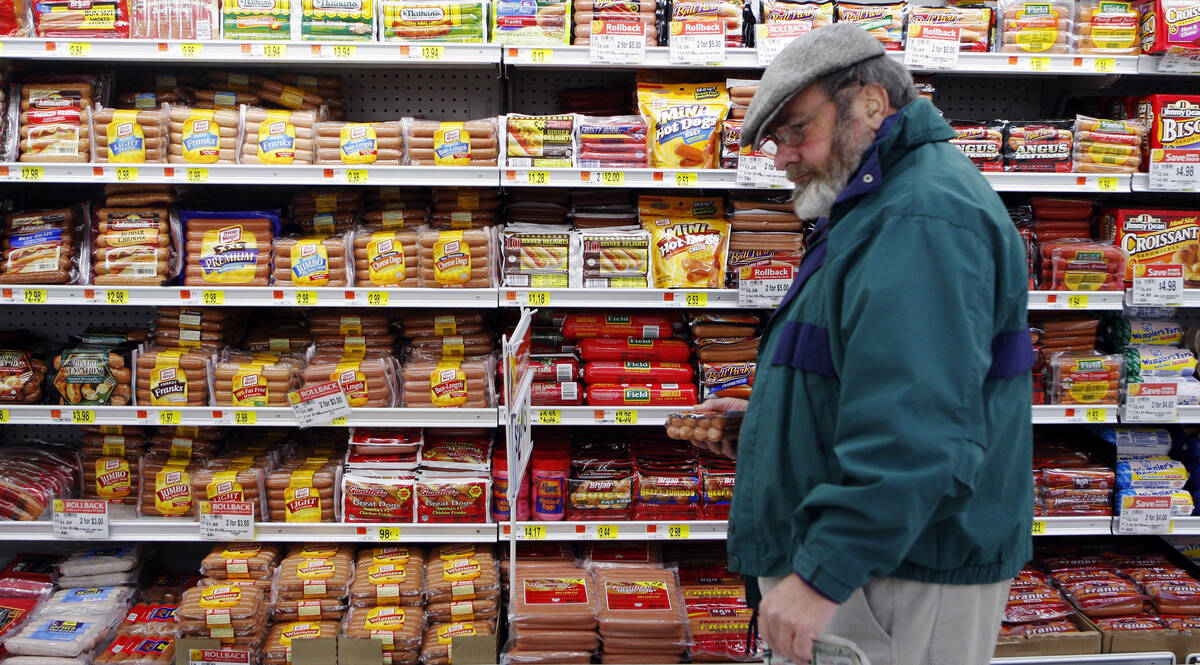
Canada seventh-most influential country on agri-food
Report from Dalhousie University and MNP shows Canada ranks seventh among G20 countries on agri-food influence.
And while the immediate food-related concern within Ukraine is whether there will be enough for people sheltering in bunkers and basements or enough for the military forces trying to repel the invasion, the possible longer-term effects on global food supplies are undeniable.
Cowan joined forces in 2016 with her father, former Canadian Seed Trade Association and Hyland Seeds president John Cowan, to form NAPG. Offering Canadian and U.S.-developed corn genetics, they established a partnership with the LNZ Group, which Claire Cowan described as a vertically-integrated enterprise with a strong presence throughout Ukraine.
In so doing, they immersed themselves into an agricultural sector well-established as a world leader.
A University of Illinois report in the wake of last week’s invasion, based on United States Department of Agriculture figures, notes that not only is Ukraine the world’s leader in exports of sunflower but it is also the fifth-largest supplier to the global wheat market and fourth-largest among corn exporters.
“Notably, Ukraine has been the dominant supplier of corn to China,” explains the report by U of I’s Department of Agricultural and Consumer Economics.
Cowan says her immediate concern is the well-being of her colleagues at LNZ Group. She says she doesn’t want to repeatedly bother them because she knows they have other things that need their attention. But she has maintained regular contact and confirmed that “right now, they’re safe.”
There has, however, been bombing in the region where they’re sheltered. And employees of LNZ Group that Cowan knows “have a lot of their friends and family members who are in the affected areas.”
Cowan says the agricultural landscape in Ukraine – both geographically and economically – has many similarities and some key differences to Canada. Cash crop dominates, with many of the same commodities grown as in Canada. Farmers are generally progressive in exploring new techniques and technologies. And the presence of a range of multi-national companies in the input supply sector serves notice there’s recognition that Ukraine offers growth opportunities.
Where the farm sector diverges from the Canadian reality, she says, is at the economic extremes. There are many subsistence-style farms of only an acre or two. And at the other end of the range, Ukraine is home to “some of the world’s largest farms – some with over a million acres.”
Geographically, “it looks a lot like Wellington County,” she said of one region where her company works. “It’s rolling hills, treed roads. It’s just that the scale is a lot bigger. It’s not uncommon to see a 1,000-acre field.”
COVID-19 forced the postponement of in-person visits by NAPG to Ukrainian farms – which Cowan said typically took place about three times per year before the pandemic. But in those pre-COVID years she became familiar with the regions now being highlighted on nightly newscasts as the invaders advance. And since the invasion began she has been looking at maps tracking those advances with much more context than the average Canadian.
Cowan said Russian forces already control a wide swath of highly-productive farmland in the country’s northeast. Equally productive areas in Ukraine’s central region remain under Ukrainian control, while western regions – also still under domestic control – are more mountainous but still home to many smaller-scale or subsistence farms.
“But as I understand, the whole country is impacted because the whole country is mobilizing to resist (the invasion),” she noted.
Even before the Russians invaded, there was uncertainty in the agricultural sector about the 2022 growing season – which typically starts with planting a couple of weeks ahead of much of Ontario. Prices for nitrogen had skyrocketed – to an even greater degree than experienced in North America – with little relief in sight. Supply chains for other farm inputs were already in disarray.
“There was a real concern about whether or not there would be enough supply of pre-emergent chemistry,” she said. Now though, that’s the least of concerns – both for farmers within Ukraine and people outside the country, such as Cowan, with ties to the country.






